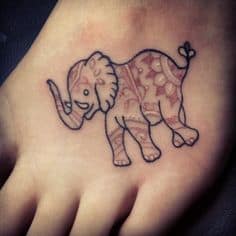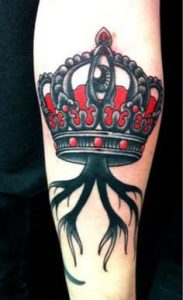What Does Pocket Watch Tattoo Mean?
In the nineteenth and twentieth centuries, the pocket watch was a personal timepiece most often carried by men in order to keep time. Pocket watches were often given as special gifts or handed down as heirlooms through the patriarchal line of the family. They made significant presents because they could be designed ornately and made of precious materials such as silver or gold. They were also a symbol of social status, often an accessory of a multiple piece suit, an outfit that portrays a gentleman. The pocket watch has become a central accessory of the steam punk trend and designs are often rendered in the vintage-yet-futuristic style. It is a blend of the past and future which speaks to one who appreciates science fiction.
The pocket watch is of course a symbol of time, the measurement of all action and events by which all significant memories can be recorded. The image of a pocket watch is incredibly personal and serves as a representation of the life of he, or she, who wears it. Because this type of watch was so personal in its time of use, the pocket watch as a symbol can denote many different aspects.
Lewis Carroll’s Alice in Wonderland has served as the basis for many pocket watch tattoo designs that replicate the watch carried by the white rabbit who is infamously always late. The contrast of the timepiece and the rabbit’s continual lateness is emphasized by the usual swiftness of rabbits. In some designs the watch includes a rabbit emblem to designate the white rabbit rather than including an actual rabbit in the design.
If the face of the watch is visible, the time displayed becomes significant to the meaning of the image. More so, the numerals that appear say something as well. Traditionally, roman numerals are used, harkening back to the original time keeper, the sundial. The time could portray any important situation that has occurred, or there could be an absence of hands, denoting a disregard for the passage of time. It can serve as a tribute or memorial tattoo in this way, indicating a time of birth or death or the lack of hands can represent the great sense of loss that is felt by a loved one’s death.






















